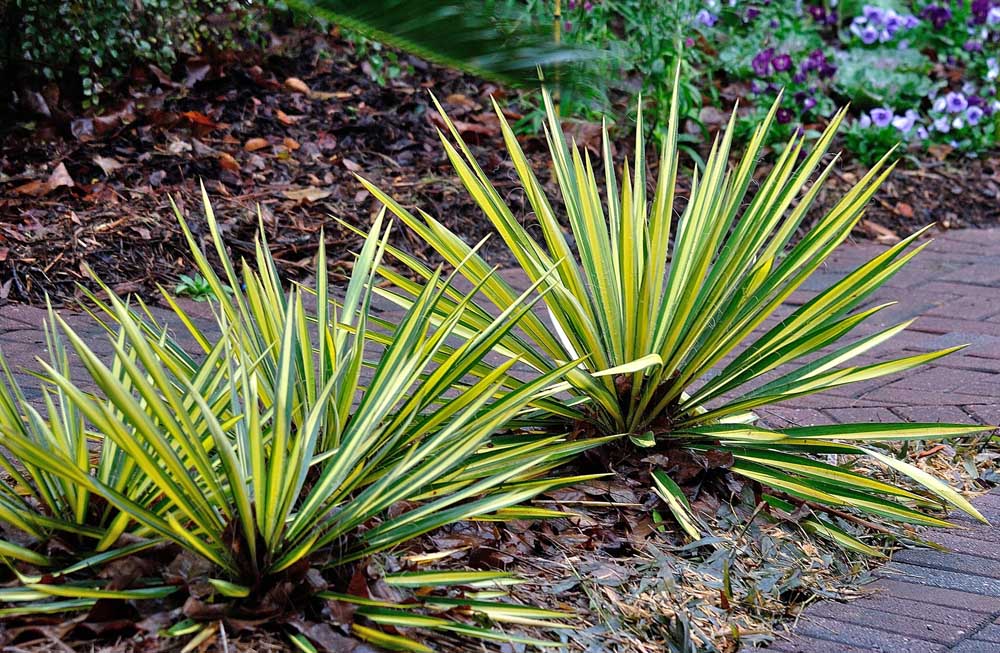These hardy yuccas inject a jolt of color during any season
Published 12:00 am Tuesday, December 2, 2014

- Tribune News ServiceColor Guard yucca is a selection of the Yucca filamentosa, native from the Deep South to Michigan and New York.
This is typically the time of the year I might tout hollies, conifers or even poinsettias, but as I was walking around a dark and dreary, rainy garden today it was a cluster of Color Guard yuccas that stood like beacons of welcoming color. If you are not familiar with Color Guard it is the best selection of the native Yucca filamentosa.
You may be thinking yucca and native doesn’t pair up for your location, and you might be right; on the other hand, I’ll bet dollars-to-doughnuts that you didn’t realize that this plant, known as Adam’s Needle, was native from Texas to Michigan and from New York down the East Coast to Florida. That’s right: It is native in 29 states, meaning just about anybody can grow it.
Trending
Many of us have gone to California and come back lamenting that we can’t grow Phormium or New Zealand flax like they do, and many also find the Cordyline to be temperamental. This will not be the case with this colorful plant sporting native DNA.
Color Guard yucca will reach two feet in height and two feet wide, perfect for creating garden excitement with green and gold variegated foliage and daggerlike foliage. As you might expect from a native, it is an extremely drought-tolerant plant that requires good drainage. If your soil is clay or muck that holds water, then by all means improve your soil and plant on raised beds.
Just outside of our cottage garden, we have them planted on raised beds and grown in combination with Prince Sago cycad (Cycas taitugensis) and torch lilies (Kniphofia). I’ve grown them in very nontraditional companionships with tall angel’s trumpets and bananas, and a friend of mine partnered them with the lycoris, or red spider lily. You will find the Color Guard will work in almost every imaginable situation; just be bold and give it a try.
Though I love the green and gold of Color Guard, know that there are also great blue selections such as Hofer that allow even more creativity in combinations and mixed planters. I may be raving about the foliage and architectural aspects in the garden, but each spring to early summer another amazing sight takes place as creamy white, lightly fragrant blooms are borne on 6-foot-tall stalks. These blooms are found to be a most delectable source of nectar for hummingbirds. As is typical of the agave family, it dies after blooming, but new pups (lateral shoots) form around the edges of the dying plant.
It is a rare week that goes by that someone doesn’t ask me about deer-resistant plants. If you find yourself the proud owner of a roving herd, then rejoice as the Color Guard yucca will not become Bambi’s salad. The Color Guard yucca is showy 12 months of the year, the color doesn’t fade or bleach, and though the sunlight garden is where we sing its praises, I assure you on a cold, dreary, rainy day, it is the plant that will command attention.








